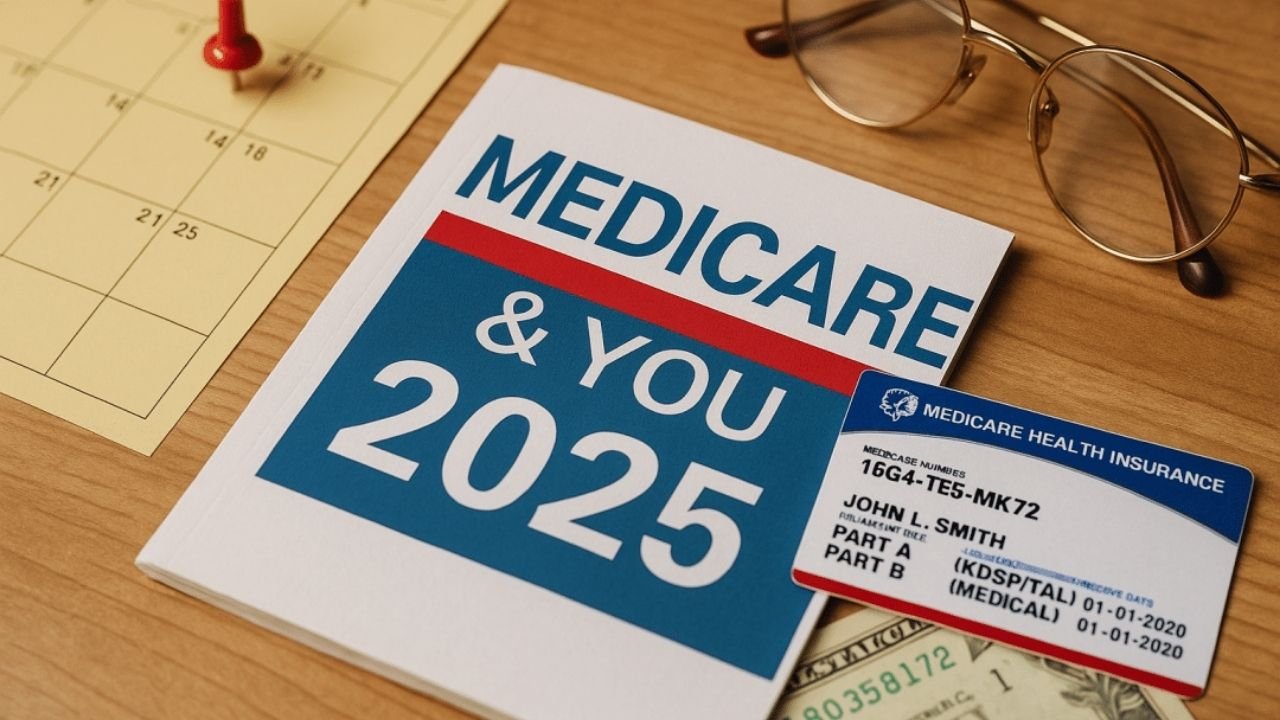The future of Medicare is yet again on the center of national debate as lawmakers and advocacy groups push for increased blessings, broader insurance, and better affordability for thousands and thousands of older Americans. With healthcare expenses continuing to upward thrust and the senior populace growing swiftly, Medicare growth proposals for 2025–2026 are gaining interest in Congress and among retirees nationwide.
These proposals goal to cope with long-standing insurance gaps in dental, vision, and hearing care, reduce prescription drug expenses, and make Medicare Advantage and Part D plans extra transparent and cost-effective.
Key Proposals Under Consideration
1. Adding Dental, Vision, and Hearing Coverage
One of the maximum discussed proposals in Medicare reform is the inclusion of complete dental, imaginative and prescient, and listening to benefits underneath Original Medicare. While some Medicare Advantage plans already provide constrained versions of these benefits, conventional Medicare does no longer — leaving thousands and thousands of seniors to pay out of pocket for critical care.
Lawmakers argue that which include those offerings will improve fitness consequences and prevent extra extreme conditions related to untreated oral or listening to problems. However, combatants improve issues about increased software charges and investment assets.
2. Lowering the Medicare Eligibility Age to 60
Another extensive concept involves lowering the eligibility age from 65 to 60. Supporters trust this will offer in advance get admission to to inexpensive healthcare for older people who aren’t yet eligible for Social Security or corporation-supplied coverage.
This alternate ought to advantage individuals in bodily worrying jobs or the ones compelled into early retirement because of fitness situations. However, critics warn it can boom government spending and pressure the Medicare Trust Fund unless paired with new revenue streams.
3. Prescription Drug Cost Reductions
The push to lower prescription drug prices remains a cornerstone of Medicare reform. Under the Inflation Reduction Act (IRA), Medicare already gained new authority to negotiate drug prices directly with pharmaceutical companies. The proposed expansion would further extend this power, allowing negotiations on a wider range of high-cost drugs and implementing stricter caps on out-of-pocket expenses for beneficiaries.
Additionally, more seniors could see savings from $35 insulin caps and limits on annual prescription costs under Part D.
4. Improving Long-Term Care Coverage
Long-term care remains one of the biggest financial burdens for retirees, and Medicare’s coverage in this area is limited. New proposals aim to expand home health care and in-home support services, enabling seniors to age comfortably in their homes rather than move into costly nursing facilities.
Some pilot programs have shown that investing in home-based care not only improves quality of life but also reduces hospital readmissions and long-term costs.
5. Enhanced Mental Health and Telehealth Services
Recognizing the developing need for behavioral fitness aid among older adults, Congress is reviewing plans to increase mental fitness coverage, such as therapy and counseling services. Telehealth, which gained giant use at some stage in the pandemic, could also come to be a everlasting advantage underneath Medicare, permitting rural and homebound seniors simpler access to care.
Funding and Implementation Challenges
While the growth proposals revel in strong public assist, the main assignment remains funding. The Medicare Trust Fund is projected to face monetary shortfalls by means of 2033, elevating questions about sustainability. Policymakers are exploring investment options which includes new taxes on high-income earners, value-saving reforms, or redirecting federal assets.
Balancing affordability, access, and economic duty will be critical to ensuring that Medicare enlargement blessings both current and future generations.
Conclusion
The Medicare growth proposals represent a primary shift in the direction of a extra complete, equitable, and preventive healthcare system for America’s seniors. If approved, these changes could add essential benefits like dental, vision, and hearing coverage, expand eligibility, reduce prescription costs, and enhance long-term care options.
While implementation may take time and require bipartisan cooperation, these reforms could redefine what Medicare means for millions of Americans — transforming it from a basic safety net into a fully integrated healthcare program that meets the evolving needs of aging citizens.

